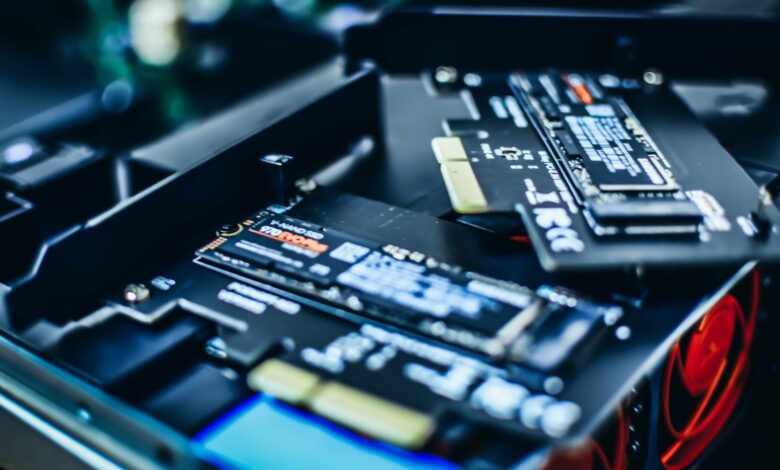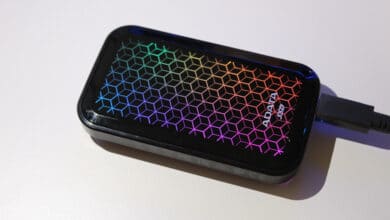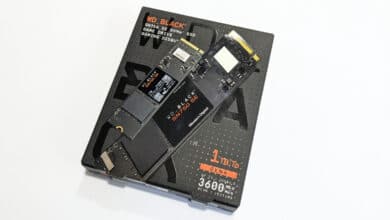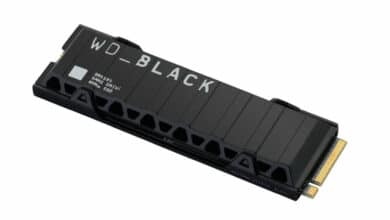
SSDs with NAND flash devices that store 5 bits per cell (Penta Level Cells) are not even on the market yet. But Kioxia is already taking SSD research a step further and is already testing Hexa and Octa Level Cells with 6 bits per cell.
SSD research from Kioxia delivers exciting findings
SSDs with 5 bits per memory cell are still years away from market readiness, but that doesn’t stop researchers at Kioxia (formerly Toshiba Memory) from already thinking a generation ahead and experimenting with hexa-level cell NAND (HLC) – though this (still) requires extreme nitrogen cooling.
Back in April, the researchers talked about their progress at the IEEE Electron Devices Technology and Manufacturing (EDTM) 2021 Conference in China, and in May the corresponding research paper was then published.
With HLC NAND flash, it should be possible to store 50 percent more data than previous QLC devices allow. The biggest problem, however, is the necessary voltage states: with each bit, the number of necessary states doubles. The more states that have to be differentiated, the more complex and slower the writing of the memory cell.
Single Level Cells (SLC) of the first SSD generations only had two states, frequently used Triple Level Cells (TLC) offer 8 and cost-effective Quadruple Level Cells (QLC) already have 16.
Liquid nitrogen cooling as a solution
Hexa Level Cells accordingly require 64 states – an enormous stress test, as performance and durability decrease analogously. To cope with this difficulty, the researchers had to use liquid nitrogen to cool the chips down to -196 °C. This should minimize write and read errors. This should minimize write and read errors, while providing additional relief for the hardware.
At the same time, the durability of the cells is increased from just 100 to 1000 write cycles, which is roughly the same as today’s QLC memory with 4 bits per cell – although this does not require any nitrogen cooling.
Octa-level cell NAND (OLC) with 8 bits per memory cell is also theoretically feasible under these extremely low temperatures, reveal the researchers from Kioxia. However, this would require additional adjustments to the material and design of the cells.
Ultimately, the researchers conclude that the cost and effort of such nitrogen cooling could justify the increase in memory density in the long term.




No replies yet
Neue Antworten laden...
Neues Mitglied
Beteilige dich an der Diskussion in der Basic Tutorials Community →